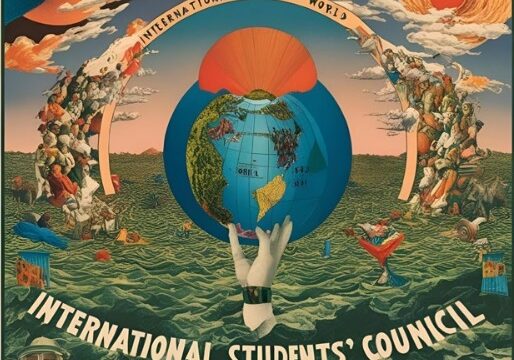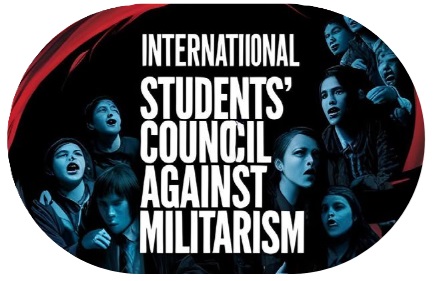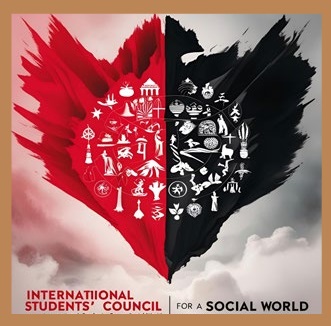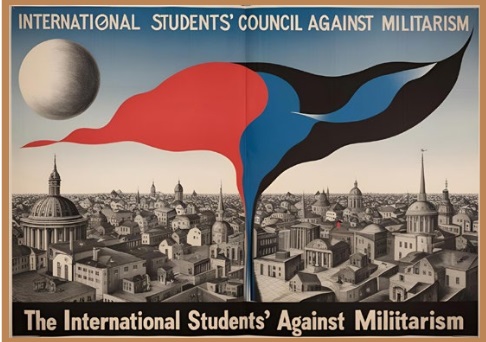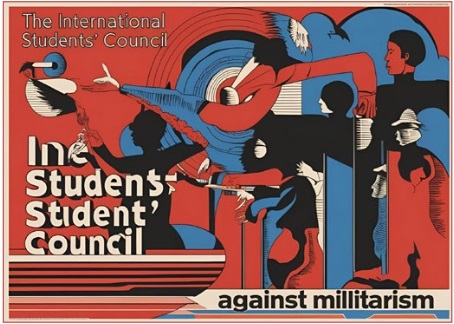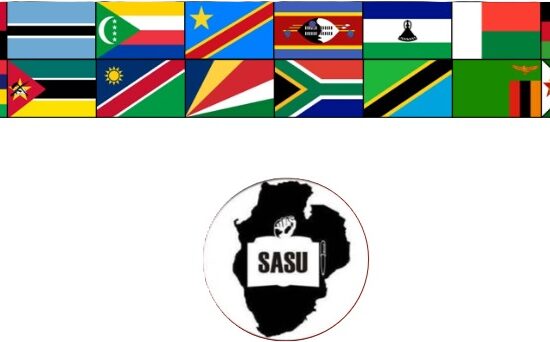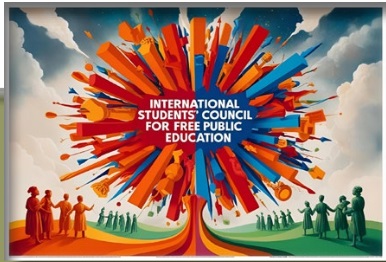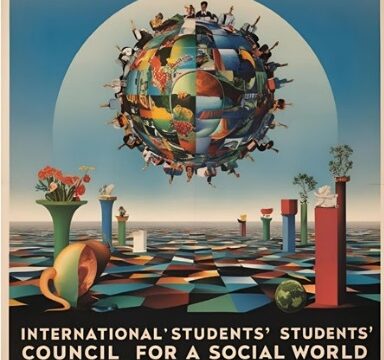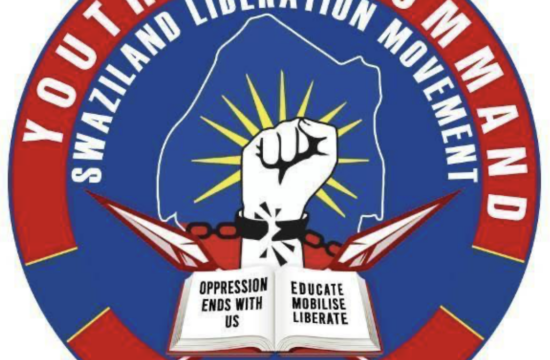Mateus FOTINE
MOZAMBIQUE
picture source: Created with AI
The main objective of the ISC should be to overcome the isolation of student movements across continents and nations, fostering awareness of simultaneous struggles and building solidarity. It should serve as a platform for international collaboration to address global challenges affecting students, such as access to education, economic inequality, and social justice. The ISC should promote shared goals and solutions that reflect the diversity of its members.
Representation and
Decision-Making Mechanism
The ISC’s structure should be highly representative, ensuring the inclusion of diverse voices from various student unions and organizations worldwide. A democratic decision-making mechanism is essential, allowing all members to have equal participation. A rotational leadership system and regional sub-councils could ensure balanced representation, while technology can facilitate global coordination and virtual meetings.
Membership Criteria
Participation should be open to pioneering student unions, associations, and activists who represent different educational institutions, regions, and socio-political contexts. Efforts should focus on including groups from under-represented regions, especially those facing significant barriers to education or active in grassroots movements.
Additional Points
1. Inclusivity: The ISC should prioritize marginalized and disadvantaged students to ensure equitable representation and address global inequalities.
2. Collaborative Projects: Initiatives could include advocacy campaigns, research on educational policies, and support for studentled innovations.
3. Global and Local Synergy: While maintaining a global outlook, the ISC should respect local movements and cultures, providing support without imposing uniform solutions.
However, there’re key points/areas we might consider developing further:
1. Funding mechanisms to ensure sustainability and independence (Partnerships with education-focused foundations and NGOs for project-based funding, etc)
2. Conflict resolution processes for when member organizations disagree
3. Specific communication platforms and tools to facilitate ongoing collaboration (Create knowledge repositories where successful strategies and resources can be shared, etc)
4. Relationships with existing international education organizations and institutions (Youthled civil society organizations working on complementary issues; UN agencies focused on education and youth, such as UNESCO and UNICEF; Regional student organizations, including but not limited to European Students‘ Union, All-Africa Students Union, etc.)


